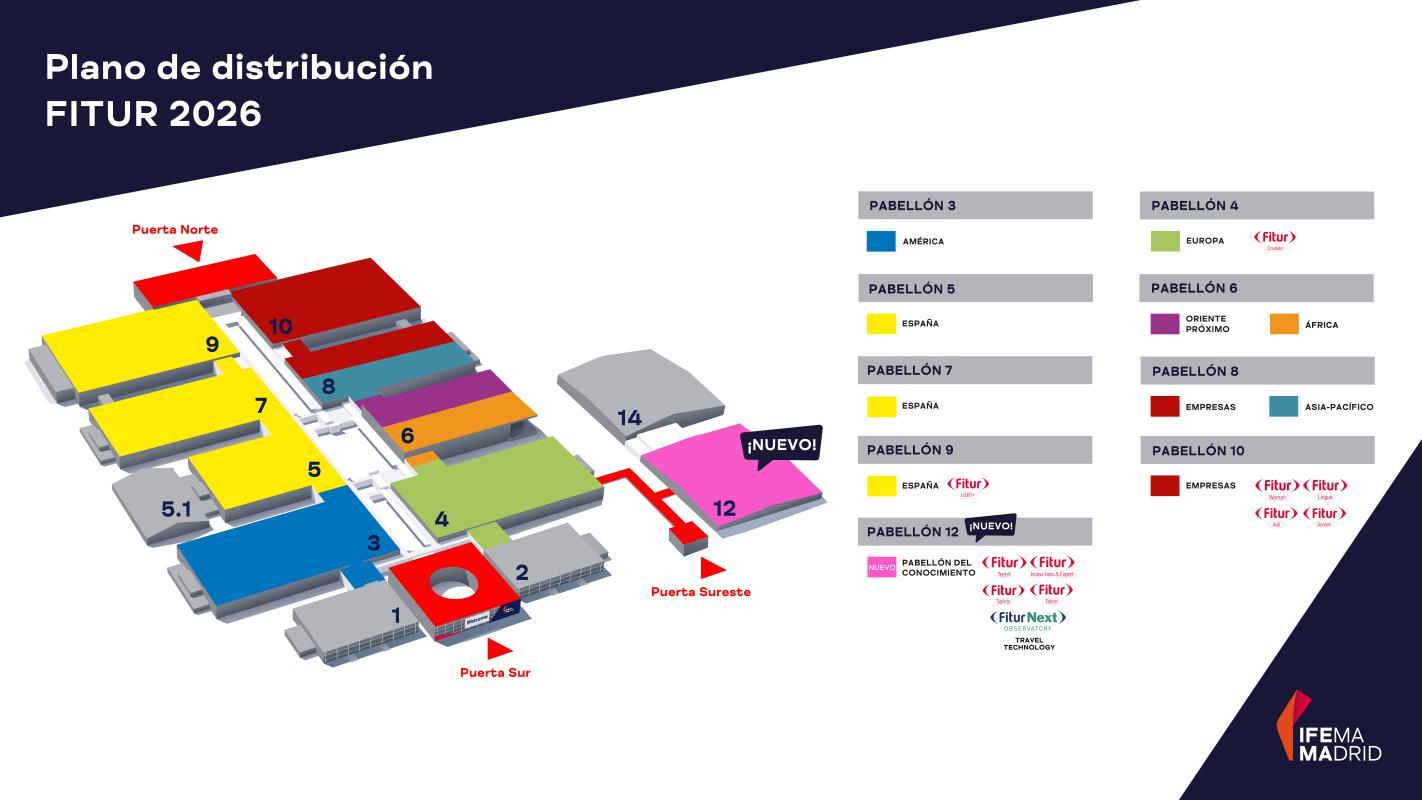Flexible Spinal Implants Market by 2030: Growth Trends and Future Outlook
Flexible spinal implants represent a significant advancement in spinal surgery and orthopedic healthcare. Designed to offer improved flexibility, reduced stress shielding, and more physiological motion preservation compared to traditional rigid spinal devices, these implants are used in the treatment of various spinal disorders including degenerative disc disease, scoliosis, and spinal stenosis. The market is evolving with innovations aimed at improving patient outcomes, minimizing invasiveness, and extending the lifespan of spinal implants.
The flexible spinal implants market is witnessing steady growth due to rising incidences of spinal disorders, growing aging populations, and increasing demand for motion-preserving surgeries. These implants are gaining popularity among surgeons and patients for their ability to maintain spinal mobility and reduce adjacent segment degeneration. The market includes various implant types such as rods, screws, plates, and artificial discs, made from materials that allow limited, controlled movement.
: The growing burden of conditions such as herniated discs, spinal stenosis, and scoliosis drives demand for advanced spinal solutions.
: Increased life expectancy globally has led to a surge in spinal problems among the elderly, who are prime candidates for spinal implant surgeries.
: Advancements in minimally invasive spinal procedures are encouraging the adoption of flexible implants, which often align better with such methods.
: Ongoing R&D in biomaterials and biomechanics is enhancing implant design, effectiveness, and patient compatibility.
: The cost of flexible spinal implants and associated surgeries can be prohibitive, particularly in low- and middle-income regions.
: Stringent approval processes and compliance standards can slow market entry and innovation.
: In many developing regions, lack of awareness among patients and inadequate infrastructure for advanced spinal procedures limit market penetration.
: Increasing healthcare investment and infrastructure development in Asia-Pacific, Latin America, and the Middle East create substantial growth opportunities.
: Adoption of 3D printing technology enables the production of patient-specific implants, improving surgical precision and outcomes.
: Innovations in post-surgical monitoring and rehabilitation can enhance implant success rates, boosting market confidence.
: The use of bioactive and smart materials offers potential for real-time monitoring and adaptive performance in spinal implants.
The market features a mix of established medical device manufacturers and emerging biotech firms, all focused on expanding portfolios of flexible spinal implants, improving implant biomechanics, and investing in research collaborations and technological innovation.
- Specialty Clinics
- Others
North America:
Europe:
Asia-Pacific:
Latin America & Middle East/Africa:
Advancements in biomaterials, such as shape-memory alloys and biodegradable polymers, are enhancing the performance and integration of flexible implants.
Several clinical trials are underway to test the efficacy of new flexible spinal devices in reducing adjacent segment degeneration.
Industry efforts are increasingly focused on combining implants with smart sensor technologies for post-operative monitoring and long-term performance tracking.
Innovations in robotic-assisted and image-guided spinal surgeries are synergizing with flexible implant usage to enhance surgical precision and outcomes.











